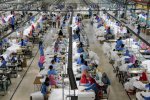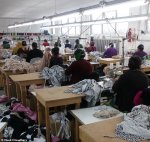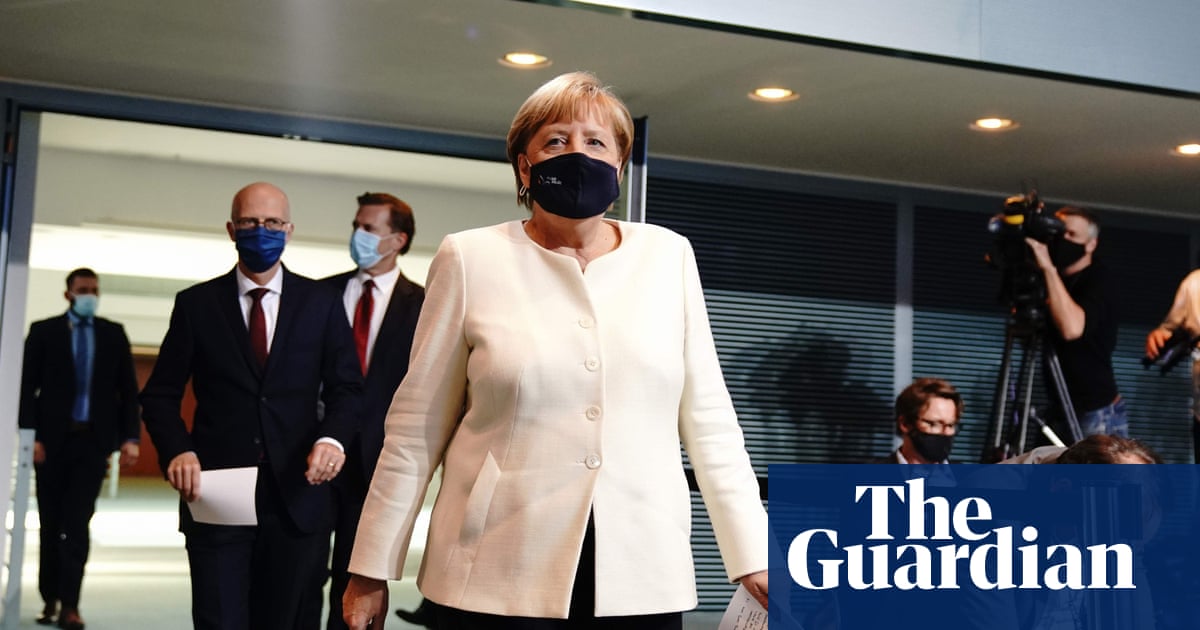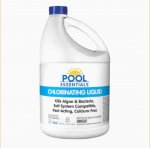CroJack
Key Player
Aldready in March one Japanese scientist came to a conclusion that coronavirus is airborne. Microparticles we exale kan keep the virus in the air for hours in places where there isn't any air flow. Just one infected person in a night club can create a cloud of microparticles and a high concentration of virus in it. We all know how just one waiter in an Austrian ski resort night club spread the virus to the rest of Europe.
After six months of this pandemic it has become clear which places contribute most to the spread of the coronavirus (and any other virus):
- night clubs and discotheques
- churches (during masses and funerals)
- pubs, restaurants, coffee shops etc. serving indoors
- offices and factories
- all indoors sports activities where there are fans (basketball, handball etc.)
- hospitals and nursing homes
- public transport (trains, undergrounds, busses, trams, taxis, airplanes, cruise ships etc.)
- cinemas, theaters, cancert halls
What do all these places have in common? Well, the answer is simple: they are crowded and they have either a poor or recycled air flow.
The Japanese scientist, I mentioned in the beginning of my post, made a simple experiment. He let two people talk in a room where there wasn't any air flow and recorded everything with high resolution and high speed cameras. Slowly, a big cloud of microparticles was flying above their heads for hours. Then he opened the windows, created some air flow, and it took less than a second for the microparticles to disappear.
Here is my question: why on earth don't we use common sense and do something about the problem? If a simple flow of air can totally, or at least dramatically, reduce microparticles that carry the virus why can't we redesign our airconditioning systems so they effectively suck out the bad air, filter it for viruses and bring in the fresh and clean air to night clubs, restaurants, pubs, concert halls, theaters, cinemas, trains, busses, hospitals etc.? It would be even easier for engineers to construct an effective system inside football stadiums.
The world is losing trillions of pounds on lockdowns, medical equipment, hispitalisations of Covid-19 patients, people are forced to stay at home and wear masks, and so on, but we are not addresing the cause of the problem: the places where this virus likes to spread. Why is nobody using common sense? The world have brilliant engineers and I am sure they would find a solution.
If we do something about it, then not only we would drastically reduce the spread of this virus, we would actually drastically reduce the spread of flu viruses as well. Imagine how many human lives we would be able to save in future, how much money we would be able to save by avoiding and preventing hundreds of millions of hospitalisations every year caused by the common flu pandemics?
After six months of this pandemic it has become clear which places contribute most to the spread of the coronavirus (and any other virus):
- night clubs and discotheques
- churches (during masses and funerals)
- pubs, restaurants, coffee shops etc. serving indoors
- offices and factories
- all indoors sports activities where there are fans (basketball, handball etc.)
- hospitals and nursing homes
- public transport (trains, undergrounds, busses, trams, taxis, airplanes, cruise ships etc.)
- cinemas, theaters, cancert halls
What do all these places have in common? Well, the answer is simple: they are crowded and they have either a poor or recycled air flow.
The Japanese scientist, I mentioned in the beginning of my post, made a simple experiment. He let two people talk in a room where there wasn't any air flow and recorded everything with high resolution and high speed cameras. Slowly, a big cloud of microparticles was flying above their heads for hours. Then he opened the windows, created some air flow, and it took less than a second for the microparticles to disappear.
Here is my question: why on earth don't we use common sense and do something about the problem? If a simple flow of air can totally, or at least dramatically, reduce microparticles that carry the virus why can't we redesign our airconditioning systems so they effectively suck out the bad air, filter it for viruses and bring in the fresh and clean air to night clubs, restaurants, pubs, concert halls, theaters, cinemas, trains, busses, hospitals etc.? It would be even easier for engineers to construct an effective system inside football stadiums.
The world is losing trillions of pounds on lockdowns, medical equipment, hispitalisations of Covid-19 patients, people are forced to stay at home and wear masks, and so on, but we are not addresing the cause of the problem: the places where this virus likes to spread. Why is nobody using common sense? The world have brilliant engineers and I am sure they would find a solution.
If we do something about it, then not only we would drastically reduce the spread of this virus, we would actually drastically reduce the spread of flu viruses as well. Imagine how many human lives we would be able to save in future, how much money we would be able to save by avoiding and preventing hundreds of millions of hospitalisations every year caused by the common flu pandemics?
Last edited:










